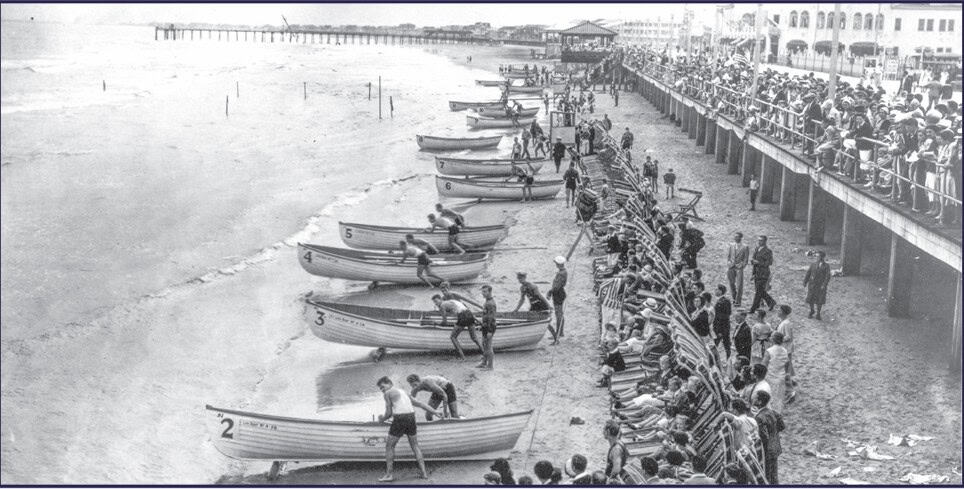To Your Health
Vineland’s founder espoused a healthful climate in promoting the town to prospective residents.
In an issue of the Country Gentleman, an Albany, New York newspaper, dated September 28, 1865, Vineland founder Charles K. Landis promoted his town, declaring, “for persons who desire mild winters, a healthful climate and a good soil, in a country beautifully improved, abounding in fruit and possessing all other social privilege, in the heart of civilization, it is worthy of a visit.”
Landis focused on drawing the attention of farmers who wished to re-locate to South Jersey, and he promoted Vineland’s “rich and productive soil, which varied “from a clay to a sandy foam, suitable for wheat, grass, corn, tobacco, fruits and vegetables.” But he was also careful to note thathis town had “a mild and healthful climate.” It wasn’t the first time he reminded prospective settlers about healthful conditions.
Just over 100 years since the Country Gentleman ad, the Hammonton News, in celebrating the centennial of the 1866 incorporation of the town Landis co-founded with Richard Byrnes in 1856, printed an article, the headline proclaiming, “Hammonton Once Touted Health Resort.”
The piece is a reproduction of a May 1901 International Medical Magazine article about the town. In a two-paragraph introduction, the Hammonton News informs the reader that research reveals that “many of the claims in the article appeared word for word in earlier publications: the Byrnes and Landis promotional sheets sent throughout the country to attract settlers here.”
The article tells readers that “the effect of the climate and the fine tonic drinking water is markedly beneficial” for sufferers of “phthisis, insomnia, asthma and kindred diseases,” but also “chronic bronchitis, pleurisy, rheumatism, chronic intestinal catarrh and in some diseases of the kidney and bladder.” A short residence here, the article claims, often relieves neurasthenia and a resulting “loss of appetite and vigor.”
An important ingredient in making Hammonton a location for healthy living is the fact it’s part of the “Pine Belt.” As the article explains, “pine trees, as is well known, collect a great amount of moisture and permit the freest evaporation from the ground, while the branches and stems offer the least resistance to lateral circulation of the air.”
The result, according to a professor who studied the medicinal effects of the Pinelands, was that “evergreen forests are largely curative in consumption…due to the antiseptic character of the atmosphere in these localities.” The professor advocated for the planting of evergreens in residential areas to further enhance a healthful environment, something Hammonton had already undertaken. Such an environment lent itself to helping cure the aforementioned diseases.
The lack of abundant snowfalls (“in sufficient quantities for sleighing” is how the article puts it) and the dearth of fog “render this area [an] especially desirable locality for asthmatics and pulmonary patients.”
Hammonton’s moderate temperatures also played a role in attracting people, especially New Englanders targeted by Landis and Byrnes in their four-page newspaper the Hammonton Farmer which, according to the Hammonton News centennial edition, was “devoted to the news of the land of Eden flowing with milk and honey.” Winters were mild and summers passed with less-than-oppressive heat. “The annual mean temperature is between 53-54 degrees,” the article reports, “while the mean summer temperature is 73 and the mean winter temperature is 34.”
Another professor is quoted in the article as claiming that “the milder feature of the climate makes Hammonton not only more wholesome but attractive.”
Because of the absence of “stagnant pools and undrained ponds and marshes,” rheumatism “is usually soon relieved” by the natural dryness.”
Landis borrowed some of the techniques of the Hammonton promotion in his sales pitches for his next town, but it might be safe to say his presentation of the healthful conditions of Vineland never reached the heights of Hammonton’s pronouncements. n









